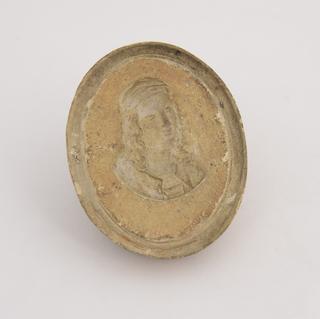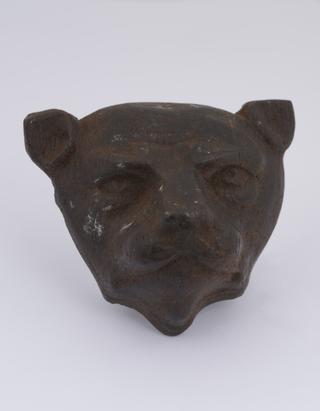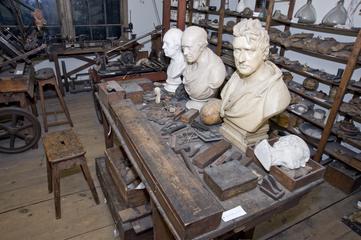
Part of four-part plaster split mould
- Made:
- 1790-1819 in Birmingham
- maker:
- James Watt




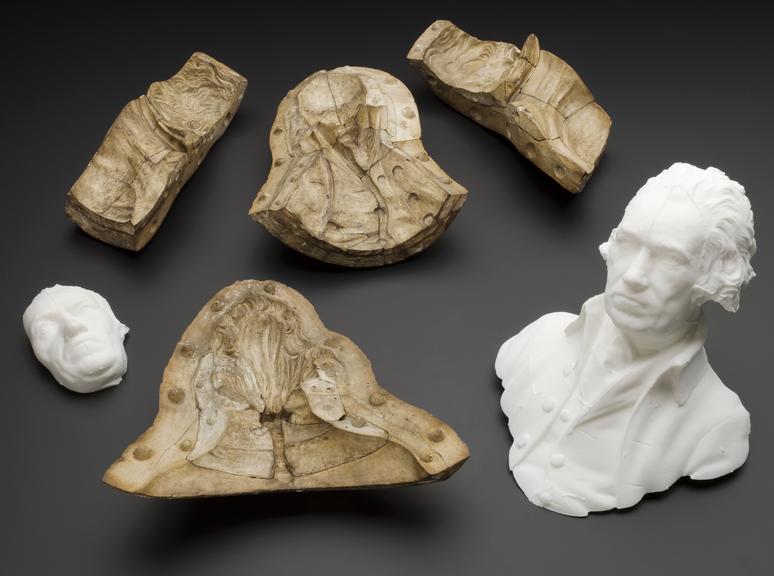
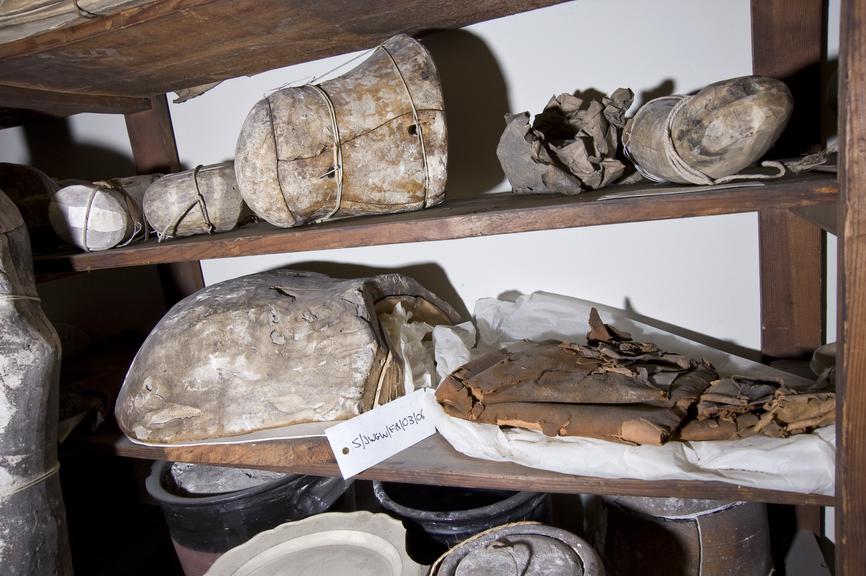
Part of four-part plaster split mould, side of head, neck and shoulder of James Watt, by James Watt, Birmingham, England, 1790-1819
This item is part of the contents of the workshop that Scottish engineer James Watt developed at his home, Heathfield, at Handsworth, Birmingham, from c.1795 through to his death in 1819. Although Watt is best known for his work on the steam engine, his workshop contains a wide variety of objects from many different projects, from chemistry to sculpture-copying.
The description of the item was written by Edward Collins, the land agent responsible for Heathfield when the workshop was given to the Science Museum in 1924. Collins could not always identify what he was looking at, but always described what he saw clearly. This has allowed his descriptions to form the basis of subsequent research.
Details
- Category:
- James Watt's Garret Workshop
- Object Number:
- 1924-792/1676/3
- Materials:
- plaster
- Measurements:
-
lying flat: 75 mm x 85 mm x 270 mm,
- type:
- mould
- credit:
- Major J.M. Gibson-Watt

